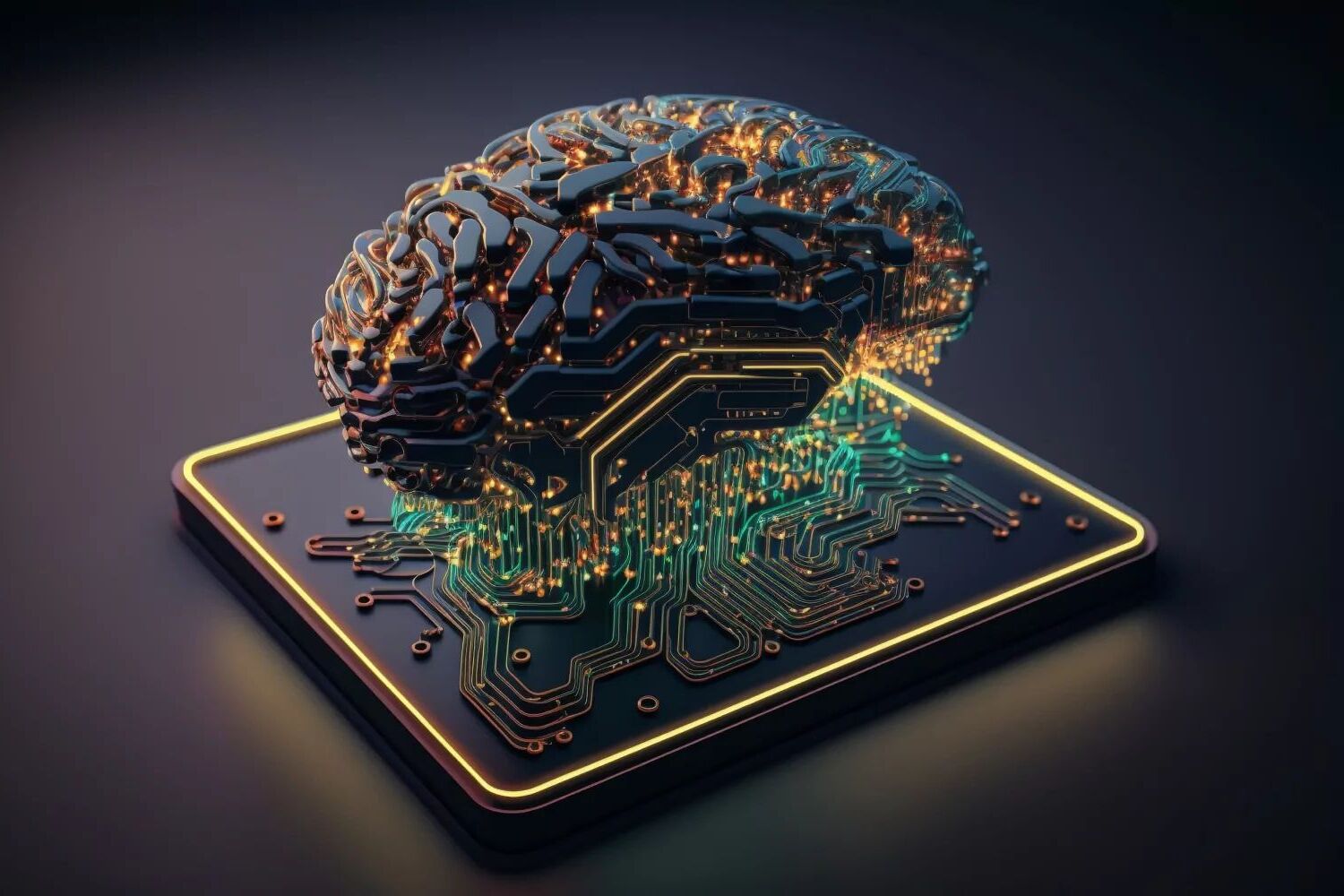
Deep learning is a branch of artificial intelligence that mimics the human brain's neural networks to process data and create patterns for decision-making. This technology powers everything from voice assistants like Siri and Alexa to self-driving cars and personalized recommendations on streaming platforms. Deep learning has revolutionized industries by enabling machines to perform tasks that once required human intelligence. Imagine a world where computers can recognize faces, understand speech, and even predict diseases. That's the power of deep learning. Whether you're a tech enthusiast or just curious about how your favorite apps work, these 27 facts will give you a deeper understanding of this groundbreaking technology.
What is Deep Learning?
Deep learning is a subset of machine learning that uses neural networks with many layers. These networks mimic the human brain, allowing computers to learn from vast amounts of data.
- Deep learning models are inspired by the structure and function of the human brain.
- Neural networks consist of layers of nodes, each performing calculations to transform input data into output.
- The term "deep" refers to the number of layers in the neural network.
- Deep learning can automatically extract features from raw data, eliminating the need for manual feature engineering.
Applications of Deep Learning
Deep learning has revolutionized many fields by providing powerful tools for solving complex problems. Here are some fascinating applications:
- Image recognition: Deep learning models can identify objects, people, and scenes in images with high accuracy.
- Speech recognition: These models can transcribe spoken language into text, powering virtual assistants like Siri and Alexa.
- Natural language processing: Deep learning enables machines to understand and generate human language, improving translation services and chatbots.
- Autonomous vehicles: Self-driving cars use deep learning to navigate roads, recognize traffic signs, and avoid obstacles.
- Healthcare: Deep learning aids in diagnosing diseases, predicting patient outcomes, and personalizing treatment plans.
How Deep Learning Works
Understanding the mechanics of deep learning helps appreciate its capabilities. Here's a closer look at how it functions:
- Training: Deep learning models learn by being trained on large datasets, adjusting their parameters to minimize errors.
- Backpropagation: This algorithm updates the model's parameters by calculating the gradient of the loss function.
- Activation functions: These functions introduce non-linearity into the model, enabling it to learn complex patterns.
- Overfitting: When a model performs well on training data but poorly on new data, it's overfitting. Techniques like dropout help prevent this.
- Transfer learning: This approach involves using a pre-trained model on a new task, saving time and computational resources.
Challenges in Deep Learning
Despite its success, deep learning faces several challenges that researchers are working to overcome:
- Data requirements: Deep learning models require vast amounts of labeled data, which can be expensive and time-consuming to obtain.
- Computational power: Training deep learning models demands significant computational resources, often requiring specialized hardware like GPUs.
- Interpretability: These models are often seen as "black boxes," making it difficult to understand how they make decisions.
- Bias: If training data is biased, the model can learn and perpetuate these biases, leading to unfair outcomes.
- Energy consumption: Training large models consumes a lot of energy, raising concerns about their environmental impact.
Future of Deep Learning
The future of deep learning holds exciting possibilities as researchers continue to push the boundaries of what's possible:
- Quantum computing: Combining deep learning with quantum computing could lead to breakthroughs in solving complex problems.
- Edge computing: Running deep learning models on edge devices like smartphones can enable real-time processing and reduce latency.
- Explainable AI: Efforts are underway to make deep learning models more interpretable, helping users understand their decisions.
- Federated learning: This technique allows models to be trained on decentralized data, preserving privacy while improving performance.
- Lifelong learning: Developing models that can continuously learn and adapt to new information without forgetting previous knowledge.
Real-World Impact of Deep Learning
Deep learning is not just a theoretical concept; it has tangible impacts on our daily lives and various industries:
- Finance: Deep learning models detect fraudulent transactions, predict stock prices, and automate trading.
- Entertainment: Streaming services use these models to recommend movies and shows based on user preferences.
- Agriculture: Farmers use deep learning to monitor crop health, optimize irrigation, and predict yields.
The Final Word on Deep Learning
Deep learning's impact on technology and society can't be overstated. From self-driving cars to voice assistants, it's reshaping our world. This field, a subset of machine learning, uses neural networks to mimic human brain functions, enabling computers to learn from vast amounts of data.
Its applications span various industries, including healthcare, finance, and entertainment. For instance, deep learning algorithms can detect diseases in medical images, predict stock market trends, and even create realistic art.
Despite its potential, deep learning faces challenges like data privacy concerns and the need for massive computational power. However, ongoing research aims to address these issues, making the technology more accessible and efficient.
Understanding deep learning's basics and its real-world applications helps us appreciate its transformative power. As this technology evolves, staying informed will be crucial for navigating its future impacts.
Was this page helpful?
Our commitment to delivering trustworthy and engaging content is at the heart of what we do. Each fact on our site is contributed by real users like you, bringing a wealth of diverse insights and information. To ensure the highest standards of accuracy and reliability, our dedicated editors meticulously review each submission. This process guarantees that the facts we share are not only fascinating but also credible. Trust in our commitment to quality and authenticity as you explore and learn with us.


